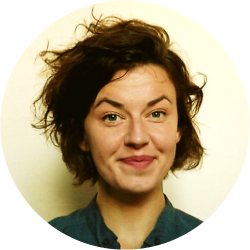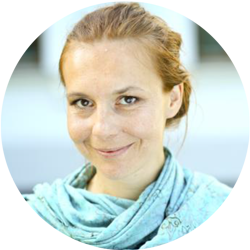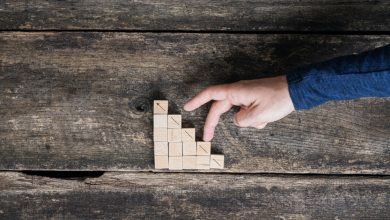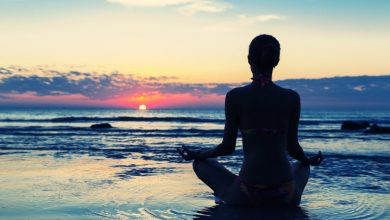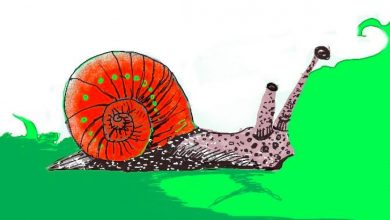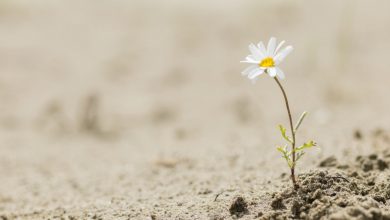Conditions of Learning
Since learning is such an important part of any self-improvement oriented individual, it is helpful to know what steps to take in order to engage in it successfully. This article looks at the most recent and somewhat counterintuitive findings about conditions that facilitate and optimize learning.
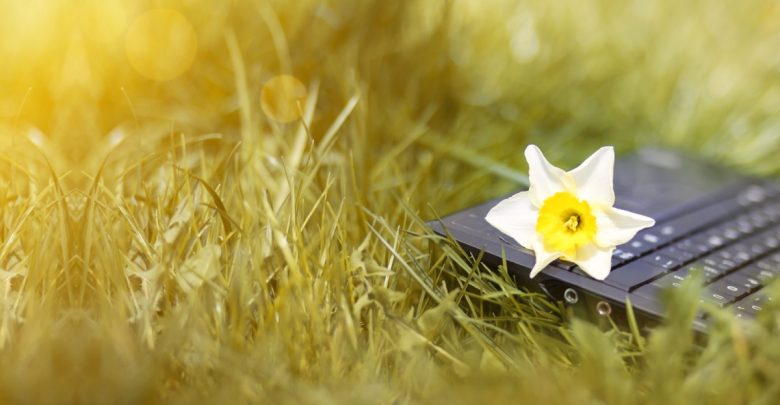
Why did I choose this tool?
Knowing how we can improve our learning performance is precious knowledge for any self-directed learner.
How does this apply to being a trainer?
Trainers can make purposeful use of the latest findings on learning to optimize their own learning performance.
Content:
In the book How We Learn: The Surprising Truth About When, Where, and Why It Happens, the author Benedict Carey (2015) makes a point that in the past we have misunderstood the nature of learning. Learning is a continuous, somewhat haphazard and subconscious process that happens all the time and not only in the time periods that we allot to it. In the era when busyness and constant productivity have become our default way of living, idleness is being denied its deserved credit. However, it is when are not doing any particular kind of activity, letting our mind wander, that we most often engage in aha! moments. Smart (2013), (Oakley 2019).
- Interrupting
When we are engaged in learning of a more creative nature, it is necessary to acknowledge the beneficial effect of interrupting it. Once we interrupt learning, it continues to happen in the back of our mind. Moreover, what we learned continues to interact with any new situation we come across in the day generating new relevant ideas!
- Independent context
In the earlier days, many considered that for successful learning it is critical to have a routine. Interestingly, latest findings show that learning is most successful when it happens independently of the environment and the time of day. It is best to change both the places where we study and periods of the day when we do it. That way it is guaranteed that our learning will be durable and independent of the surrounding factors.
Moreover, learned material will be guaranteed to stay the longest if we constantly vary the mode of accessing it. Sometimes we can learn from our notes, at other times from a laptop. We can use flashcards or practice in front of the mirror. The more ways we use, the greater the guarantee that the knowledge will stay with us.
- Fluency illusion
However, we should be aware that rereading notes after we just studied, highlighting them or copying word for word are the weakest form of learning because they create what is known as fluency illusion, i.e. we assume we know something just because it seems like it at the time of reading. So, to avoid this effect, we should diversify the ways we access our learning experience as much as possible. Self-testing, having someone else ask us questions or using any other strategies that make our memory work harder will bring much more fruitful results. Self-examination is incomparably more effective than simply reviewing because it improves our retention and comprehension and gives us immediate feedback on how we are doing.
- The power of distractions
Another interesting point the book makes is about the power of distractions. The author states that distractions have been greatly underestimated. Of course that they are not beneficial when we want to immerse ourselves in the so-called deep learning, a longer period of time in which we need to maintain a state of continuous focus. However, we have all come across situations where we are stuck solving a problem only to find ourselves breezing through it after making a short 5 or 10 minute break doing something else. In such situations, brief exposure to social media or any other distraction that will take our mind off the problem when we become overly fixated on it can help us refresh and reset. Even when distract ourselves with doing something else, our minds are still working hard in the background, reassessing information, discarding mistaken assumptions and searching for the right answer.
- Sleep and memory consolidation
In literature on learning the importance of sleep cannot be stressed enough. Sleep is in charge of memory consolidation, making new connections in the brain and discarding unnecessary information. Specifically, deep sleep, which happens in the first half of the night, is the most critical for retaining facts, such as dates, formulas and concepts, while the second part of our sleep, which occurs in the morning hours, is in charge of consolidating motor and creative thinking skills. Therefore, depending on the nature of the material we are learning, we should focus on either going to bed at our regular time or sleeping in a little bit longer.
- Forgetting
Another helpful tool for learning is forgetting. Apparently, the memories strengthen only after some forgetting has first occurred. Also, forgetting acts as a block to that information which we do not need at the moment.
- Splitting
Recent findings show that is far more important how often we study in comparison to how long we do it. It is better to divide the study time into several sessions than to do everything at once. Splitting the study time forces our brain to reengage with the material several times, thus strengthening our memory. The memory is like a muscle; every time the brain has to revisit what it already stored and store it again, we are building that muscle.
- Mixing
A highly praised approach is to learn by mixing several related skills in one practice session. Although focusing on learning one skill at a time leads to quick improvement, after a while such focused practice actually inhibits the development of each skill. That is why it is beneficial to engage in mixing, which perfects our grasp of each of the target skills and polishes our ability to discriminate among them.
Spacing, mixing, distractions, forgetting, interruptions, idleness and lack of routine might seem as counterintuitive approaches but they have been proved to be effective and efficient.
Let’s make an intentional use of them.
Exercise
- Pick 2 related learning skills and try practicing them in one session. Note your observations of the results. ______________________________________________________________________________________________________________________________________________________________________________
- Apply spacing to your learning for a week and learning in long sessions the next week.
Finally, test yourself on the third week to see what method yielded better results.
______________________________________________________________________________________________________________________________________________________________________________
- Next time you are stuck in a learning session, try making an intentional 10 minute break by browsing through social media and see how it effects your learning afterwards. Write down your impressions.
______________________________________________________________________________________________________________________________________________________________________________
- Next time you start a learning project that requires creative skills, interrupt it and notice how thoughts about it affect your activities throughout the day. Write the results here.
______________________________________________________________________________________________________________________________________________________________________________
- Next time you learn, change the places, the time and means of self-testing; note down what you did and what the outcome was.
______________________________________________________________________________________________________________________________________________________________________________
Reflection
- In which learning conditions do you learn best?
- Which of the learning conditions mentioned in the article have proved most efficient for you?
- Which of them do you plan to incorporate in your daily life as a self-directed learner?
